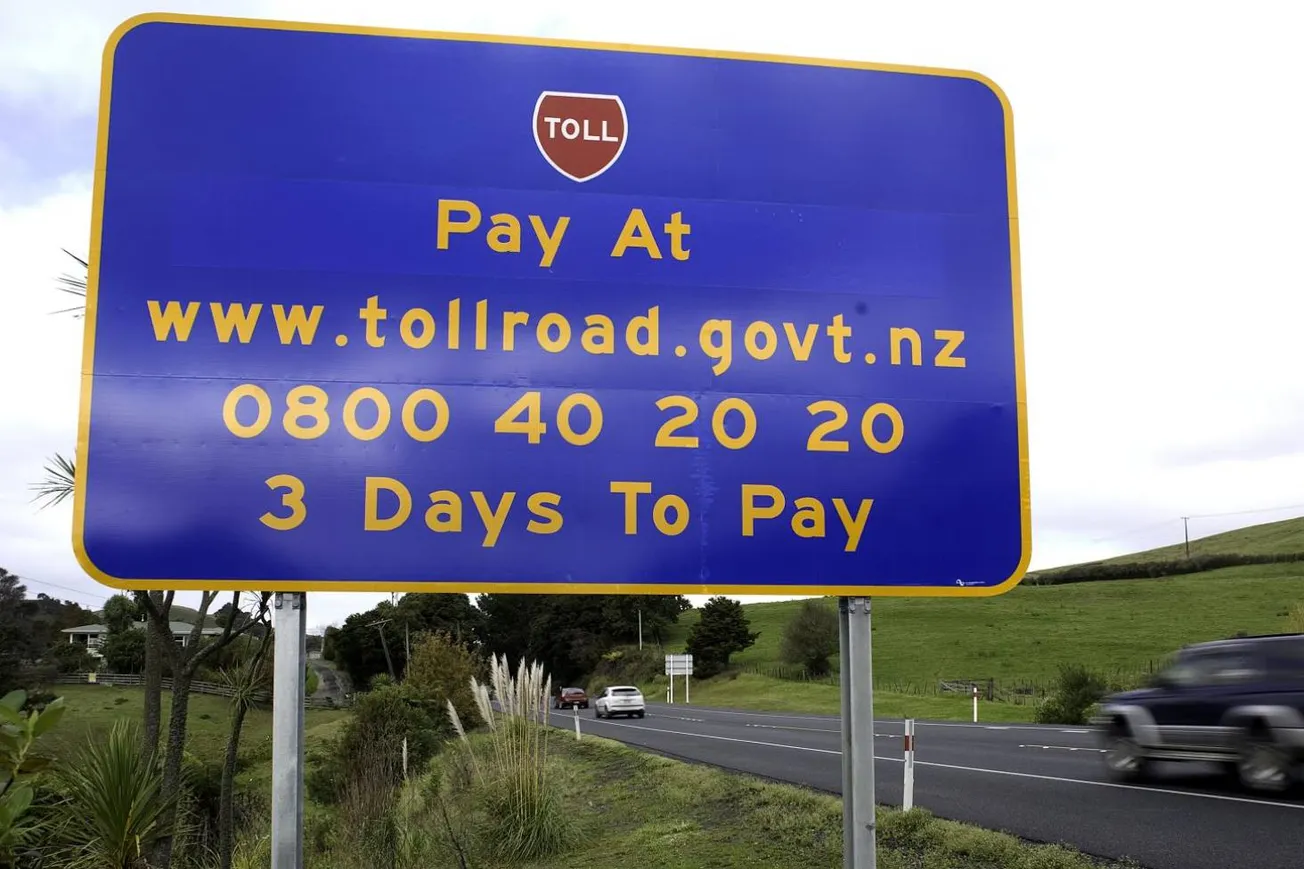Paying tolls is a fair and easy way to help pay off recently built roads, bridges, and tunnels.
Last week Judith Collins announced a four-lane roading infrastructure plan. She indicated that these roads may be tolled.
The Transport Agency currently has three toll roads:
The Northern Gateway Toll Road is a 7.5km motorway north of Auckland between Silverdale and Puhoi, part of State Highway 1 (SH1). The toll road gives you a choice between a more direct route or the free scenic State Highway 17 via Orewa.
The Takitimu Drive Toll Road, formerly known as Route K Toll Road, is a 5km road that bypasses the Tauranga city centre and takes traffic from State Highway 29 (SH29) to State Highway 2 (SH2). The alternative routes are via Cameron Road or Cambridge/Moffat Roads.
The Tauranga Eastern Link Toll Road is a 15km tolled section of State Highway 2 (SH2) running between the Domain Road interchange, near Papamoa, and the Paengaroa roundabout (SH2 and SH33 to Whakatane and Rotorua). The free alternative route takes you through Te Puke.
The booths are no longer there, where a human takes the money. The toll roads instead register the number plate of the vehicle, allowing the toll to be pre-paid or paid online, or the toll can be paid by phone or at several service stations. They are automated and save a lot of time.
There are always the detractors
Regardless of any negative feedback, or big brother nervousness, Kiwi drivers do not steer clear of toll roads used to fund transport packages. National transport spokesperson Chris Bishop said
“road safety is an important consideration in the design, and he does not believe drivers would steer clear of the newer roads if tolls were used to help pay for them”.
2018 RNZ
History tells us that drivers will use toll bridges and roads.
The Tauranga Harbour Bridge
The critics said they would not pay and preferred to continue the longer Maungatapu route when the Tauranga Bridge was being debated.
The road bridge linking Tauranga and Mt Maunganui, after much debate and a long construction period, was opened in 1988. The tollbooths were on the Mount side of the bridge. As the population of Tauranga grew, the bridge began to get very congested during the peak hours. As part of the Harbour Link project (which also included the construction of the Chapel Street Viaduct, the widening of Hewletts Road, and the construction of the Hewletts Road Flyover), a new bridge was constructed next to the original. On 7 September 2009, the new bridge opened. The original bridge now carries traffic towards Tauranga, the new bridge carries traffic towards Mount Maunganui.
The Tauranga Harbour Bridge was tolled from opening until 22 July 2001. The bridge paid for itself. Community uproar and indignation started when it was leaked that the bridge had paid for itself three times over. Some local drivers protested by driving straight through the toll booth without paying. The powers that be responded to the protests and the booths were suddenly removed.
The Auckland Harbour Bridge.
Prior to the opening of the bridge in 1959, the quickest way from Auckland to the North Shore was by passenger or vehicular ferry. By road, the shortest route was via the North-western Motorway (then complete only between Great North Road and Lincoln Road), Massey, Riverhead, and Albany, a distance of approximately 50 km (31 mi).
The bridge was originally built with four lanes for traffic. Owing to the rapid expansion of suburbs on the North Shore and increasing traffic levels, it was soon necessary to increase capacity. By 1965, the annual use was about 10 million vehicles, three times the original forecast.
In 1969, only ten years after opening, two-lane box girder clip-on sections were added to each side, doubling the number of lanes to eight. The sections were manufactured by Ishikawajima-Harima Heavy Industries of Japan, which led to the nickname ‘Nippon clip-ons’. The selection of the company was considered a bold move at the time, barely 20 years after WWII and with some considerable anti-Japanese sentiment still existing. The costs of the additions were much higher than if the extra lanes had been provided initially.
Cars and taxis were tolled 2 shillings and 6 pence – 25c. The toll on the Auckland Harbour Bridge was abolished in 1984.
National get it right
Before the critics get too hot under the collar about the monumental vision Judith Collins has announced, the only fair criticism kiwis could launch about the two bridges was that both visions were too small. Judith Collins’s vision is big but is realistic in projecting growth for New Zealand’s vital transport system. The National Government wants to get it right the first time.
Kiwis recognise the benefit of user pay for shorter, quicker, and safer routes.








